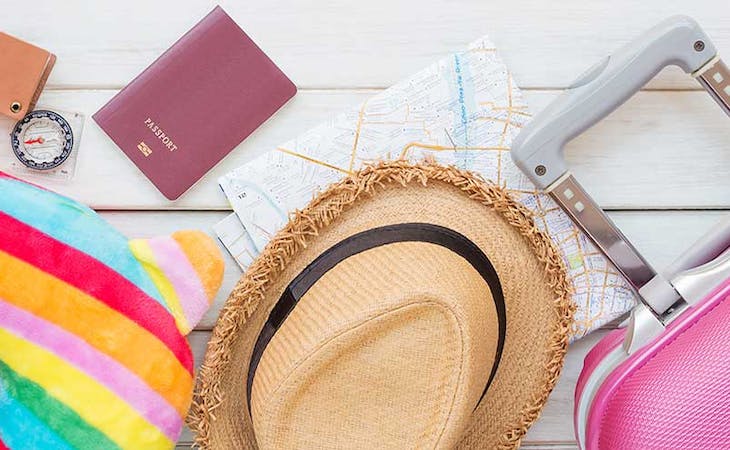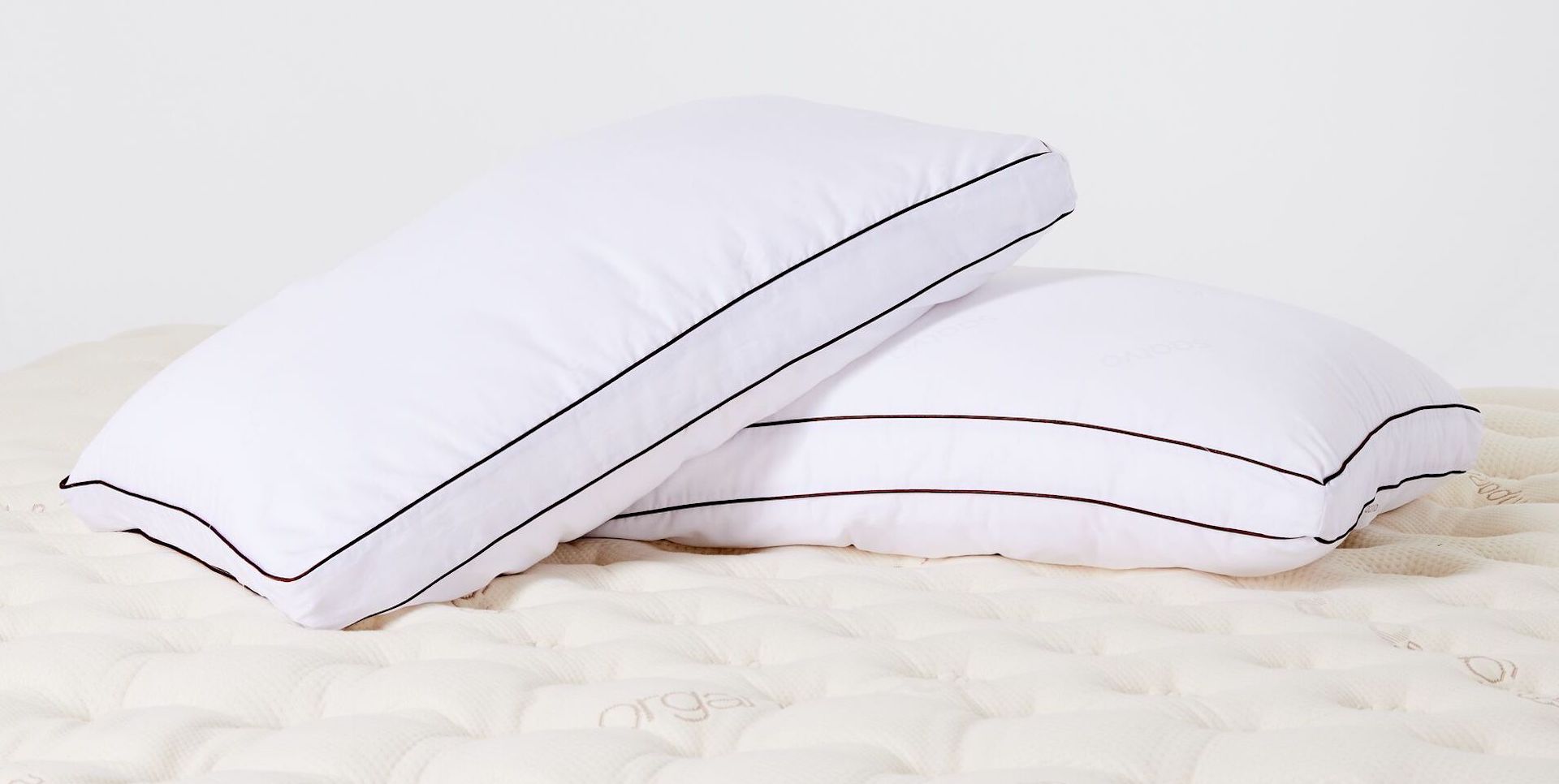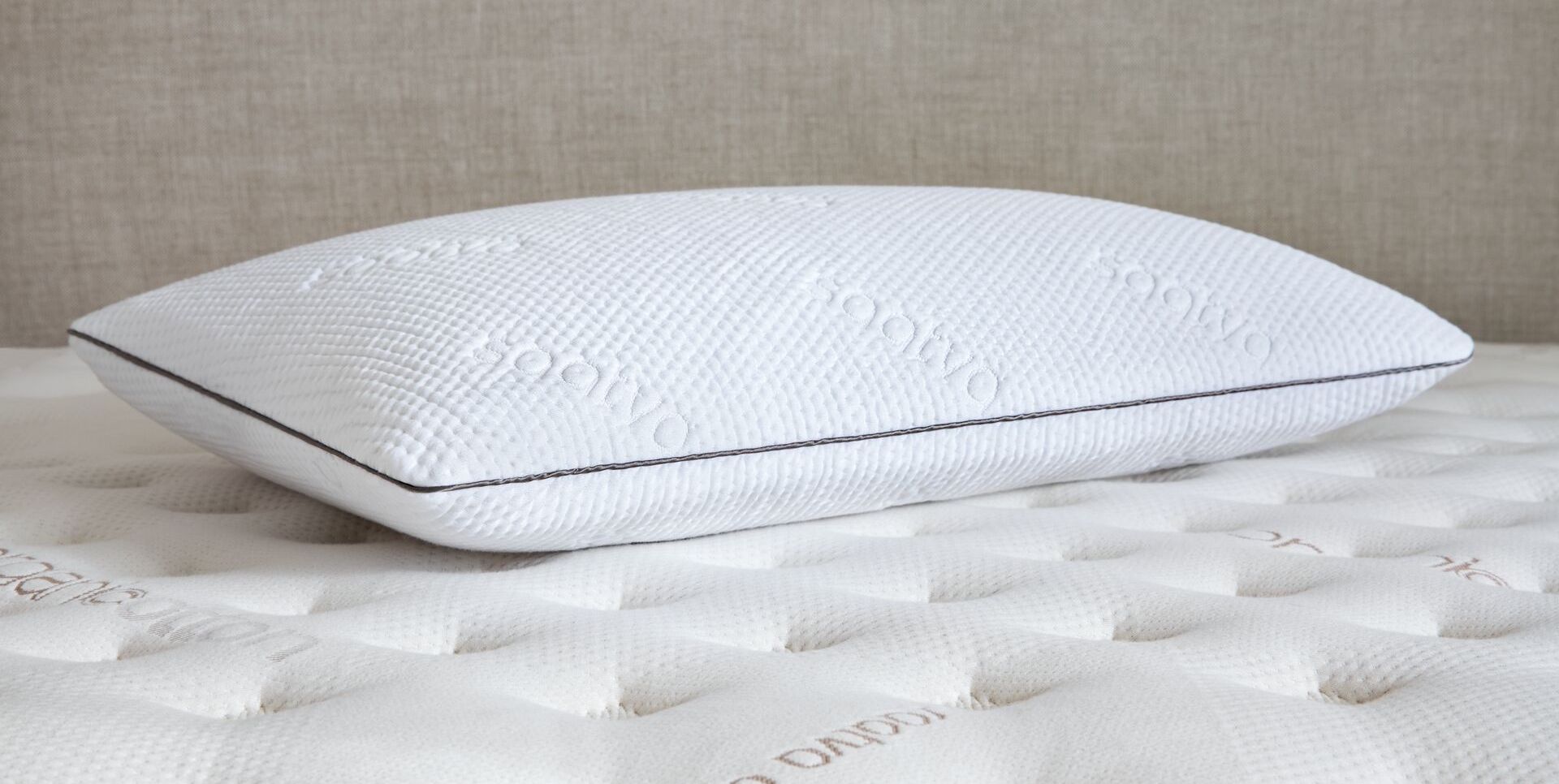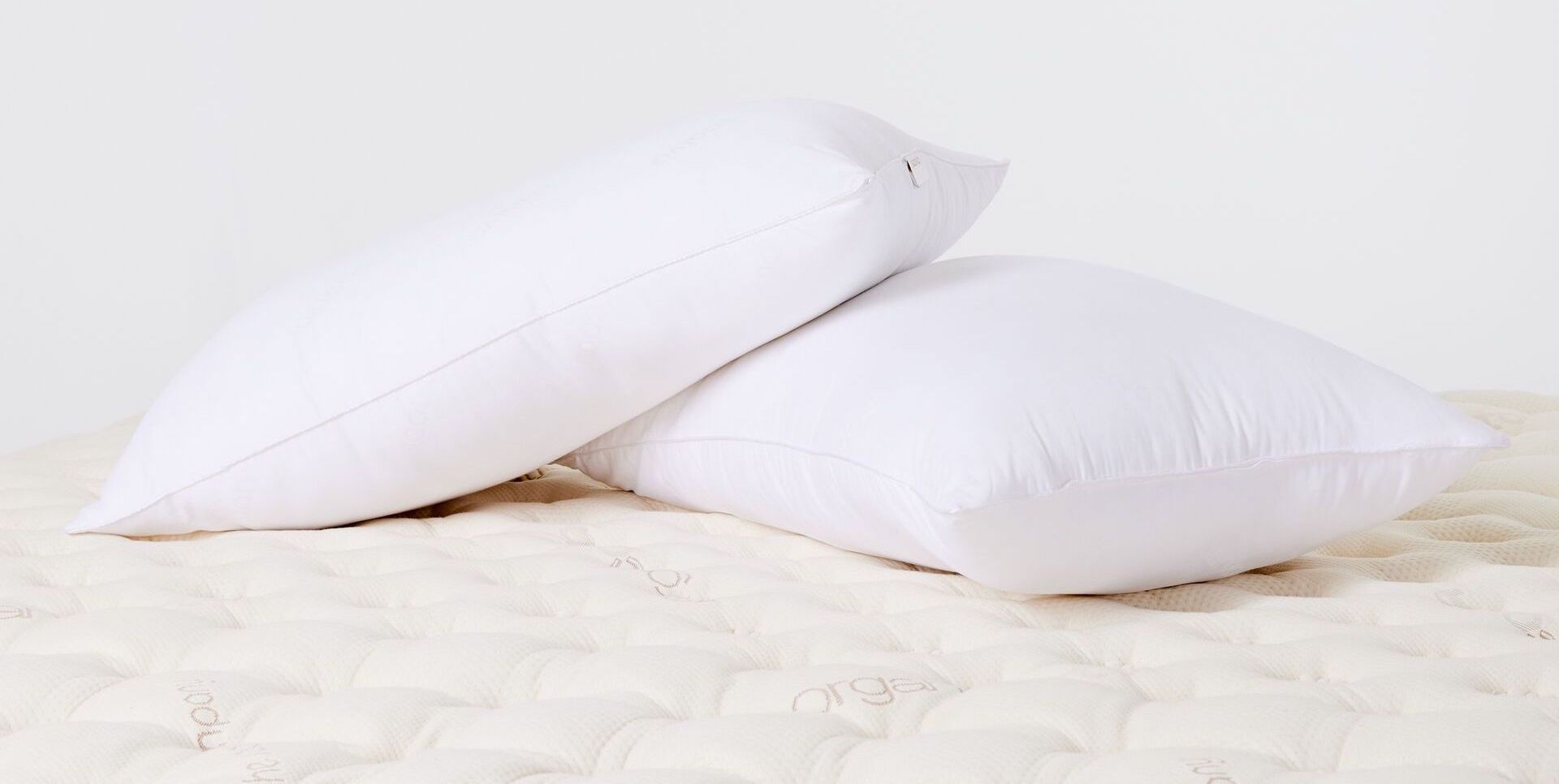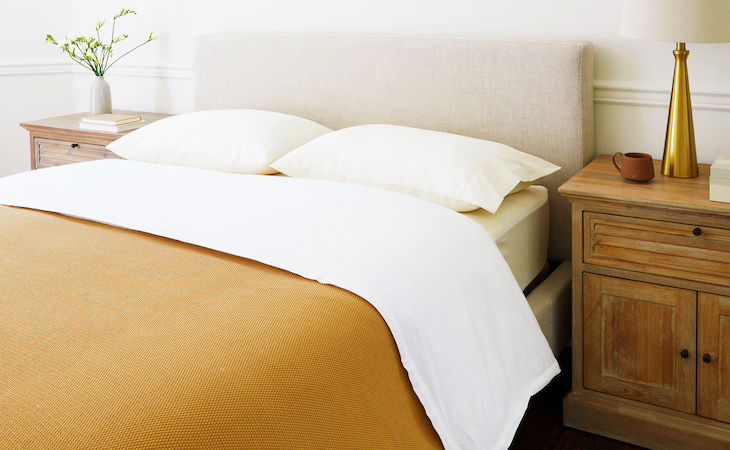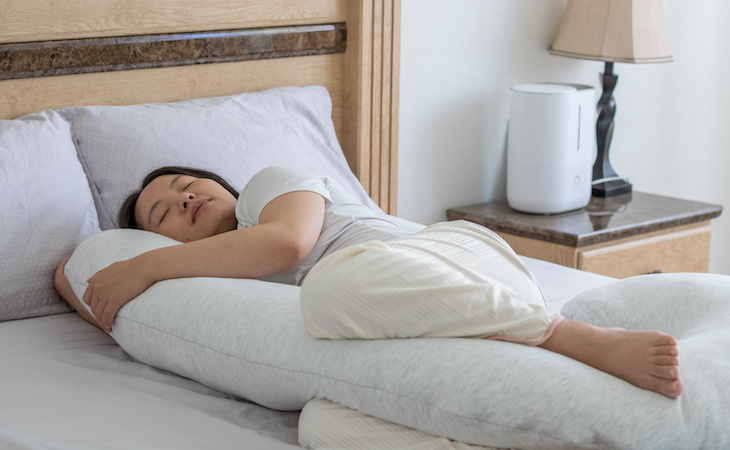Almost everyone who’s ever fallen asleep on a plane knows the uncomfortable feeling of waking up at your destination with nagging neck pain. In fact, research shows that as many as 69% of people experience neck pain after flying.
Still, most of us have resigned ourselves to the uncomfortable reality that a little bit of neck pain is a fair price to pay for some much-needed sunshine in the middle of winter on a distant tropical beach. But it doesn’t have to be that way. Finding the best travel pillow can make all the difference in how your neck feels, making your flights—not to mention the rest of your vacation—a lot more enjoyable.
Types of travel pillows
While there are tons of different pillow types, most travel pillows fall into one of three categories: inflatable, microbead, and memory foam.
Inflatable travel pillows, because you blow them up yourself, can be as firm or soft as you prefer. Most inflatable pillows are U-shaped and wrap around your neck, but there are variations. For instance, there are some inflatable travel pillows whose backs are a little narrower to prevent your head from being pushed forward. Some wrap around your neck like a collar to give you 360-degree support, while others are worn cross-body like a cushioned shoulder harness.
There are also self-inflating travel pillows that will spare you the awkwardness of having to blow up your pillow with the whole plane watching. One big benefit to inflatable pillows: when deflated, they occupy virtually no space in your carry-on.
Microbead travel pillows are filled with tiny polystyrene beads. Although the beads inside the pillow move around, allowing it to change shape and conform to your neck, they typically provide the least amount of support. As the fabric stretches over time, you may find that this kind of pillow offers less and less comfort. Microbead pillows are also the least portable type of travel pillow because they can’t be compressed or deflated to fit into your suitcase.
Memory foam travel pillows are made with high-density memory foam and tend to be the most supportive option. They conform to the position and shape of your neck, but unlike microbead pillows, they provide consistent support throughout. Memory foam pillows are typically U-shaped or collar-shaped but you can also find ones that are J-shaped, providing head and chin support, or S-shaped.
They’re also quite portable as they can be compressed to about half their size. Memory foam travel pillows are typically the most expensive on the market, but for frequent flyers, they might be a worthwhile investment.
How to choose the best travel pillow
When it comes to pillow type, Jason Queiros, a licensed chiropractor at Norwalk Sports and Spine in Connecticut, says the best travel pillow for you is really a matter of personal preference. The most important thing is that the pillow provides support in the small area between your head and the top of your shoulders to help you maintain the natural position of your neck.
The travel pillow you choose should allow your shoulders and head to be flat against your chair. It should be thin enough at the back so as not to push your head forward but allow your head to rest against the headrest.
How will you know if you’ve found the perfect travel pillow? Your body will tell you, says Queiros. “If you’re on a plane and you have a pillow and you wake up from your nap and you feel good, then your probably don’t have an issue,” he says. “But if you wake up and your neck feels tight or sore, then you probably have a bad pillow situation.”
How to avoid airplane-related neck strain
Avoiding neck pain is not just about picking the best travel pillow. In order to avoid neck strain, you need to maintain good posture throughout the flight, says Queiros. If your head is thrust forward (due to a travel pillow that’s too thick at the back or because you’re looking at a screen), that means you’re straining your neck and spine. “For every inch that your head goes forward your body adds an additional 15 pounds of pressure to your spine,” Queiros says.
If you’re in that position for long periods of time, it can result in everything from muscle spasms and tightness to dizziness, headaches, and numbness or tingling down your arms into your fingers from the pressure on the nerves in your neck. “For somebody who travels weekly or monthly, consistently incorrect posture on a plane will speed up the process leading to arthritis and degeneration faster than normal,” Queiros warns.
To maintain good posture while traveling, he recommends making sure you have proper lumbar support—sitting with your head and shoulders against the headrest with a travel pillow supporting your neck. “If you have good lumbar support and you sit with your head against the headrest and have a pillow supporting your neck, you’re less likely to lean forward and have that pressure on your spine.”
For more advice on snoozing well while traveling, read our guides on how to sleep on an airplane and how to sleep on a train.

